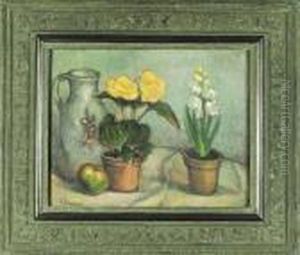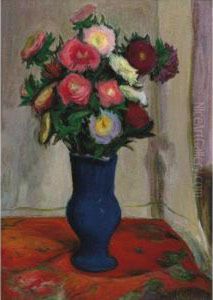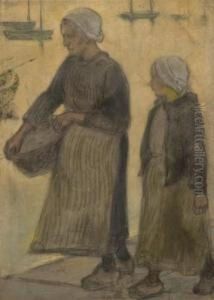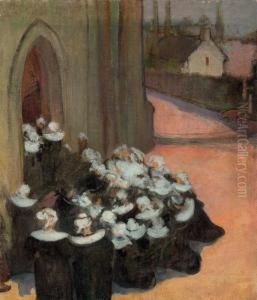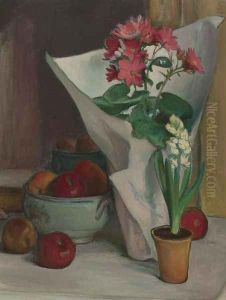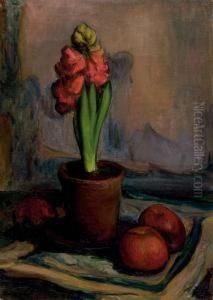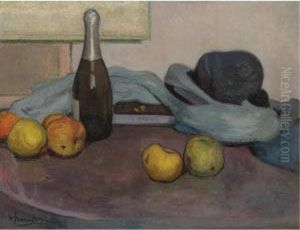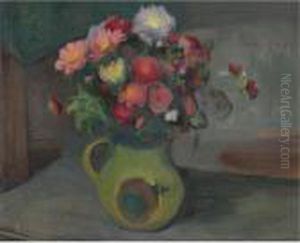Wladyslaw Slewinski Paintings
Wladyslaw Slewinski was a Polish painter, best known for his association with the Post-Impressionist movement and his connection with the renowned artist Paul Gauguin. Slewinski was born on August 1, 1854, in Białynin, Poland, which was then part of the Russian Empire due to the partitions of Poland. He began his artistic education at the School of Fine Arts in Warsaw but moved to Paris in 1888 to further his studies at the Académie Colarossi.
In Paris, Slewinski became immersed in the vibrant art scene and was particularly influenced by the works of the Impressionists and Post-Impressionists. It was during this time that he met Paul Gauguin, who would have a significant impact on his artistic style. Slewinski joined Gauguin in Brittany, where an artist colony had formed around the concept of Synthetism, a style of painting that sought to synthesize the outward appearance of natural forms, the artist's feelings about their subject, and the purity of the aesthetic considerations of line, color, and form.
Throughout his career, Slewinski exhibited his work in various salons and galleries. His paintings often depicted the landscapes of Brittany, scenes of peasant life, and still lifes. His use of vibrant colors and bold brushwork reflected the influence of Post-Impressionism, and he is credited with helping to introduce these modern styles to Polish art.
During the latter part of his life, Slewinski returned to Poland, where he continued to paint and contribute to the local art scene. He passed away on December 26, 1918, in Warsaw, leaving behind a body of work that remains appreciated for its contribution to the development of modern Polish art.







